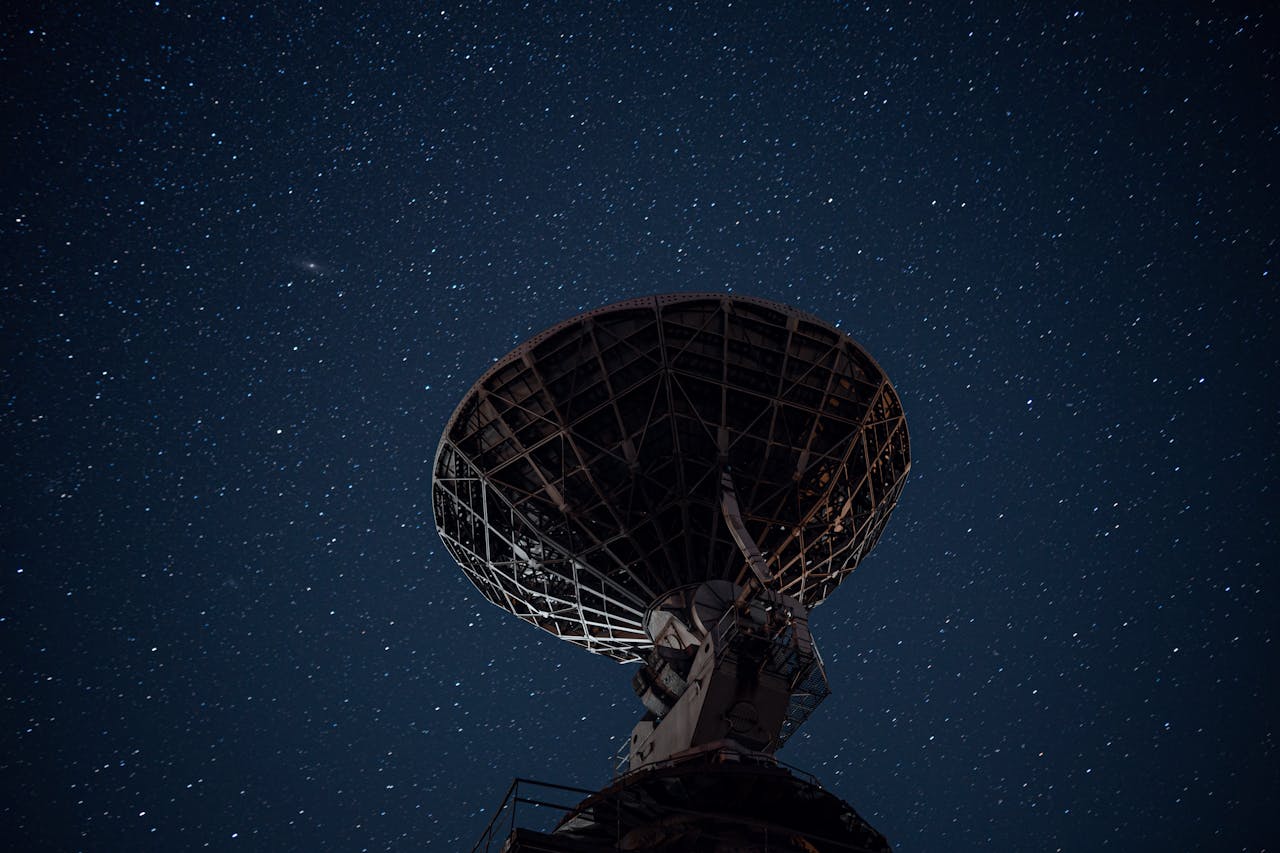Tasq.ai’s next-gen video labeling solutions support classification, annotation of individual objects, transcription, and tracking of objects through a sequence of separate video frames. Video annotation involves annotating objects on a frame-by-frame workflow principle so they can be easily recognized for machine learning-based models.


The advantages of video over images are that information from previous frames can be identified and used as a reference for the next frames, which enables the Tasqers to better identify if an object may be obstructed. Differences can be spotted through annotating processes of several images, where humans must follow and precisely use the same labels for the same objects, and even then, consistency errors are frequent.
During the video annotation process, a computer automatically tracks one object across all frames and uses context to follow up on that object throughout the video. That kind of workflow leads to greater consistency and accuracy than image annotation, & also demonstrates higher accuracy in the AI model’s predictions.
Having that in mind, video processing is less dependent on human labor (which is more susceptible to errors) resulting in faster annotation, higher accuracy, and providing more data per unit. Both of them (image and video annotations) are part of Computer Vision, the AI field required to train computers to mimic the perceptiveness of the human eye. During a video annotation process, a combination of human annotators and automated label tools target objects in video footage. Far before automation tools were developed companies used the method of single imaging to extract all frames from a video and then annotate them as images with standard image annotation techniques.
Then a continuous frame method where computers automatically track objects & their locations frame-by-frame is deployed, preserving the continuity and flow of the information captured.
An AI-powered computer processes this labeled footage, ideally trained through machine learning models and techniques for identifying and targeting objects in new, unlabeled videos. The more accurate the video labels, the better the AI model will perform. Precisely done video annotation, which includes automated tools, supporting our clients in quickly scaling and confidently deploying which results in highly valuable and respected data output.
The result: Fast, scalable, accurate datasets.